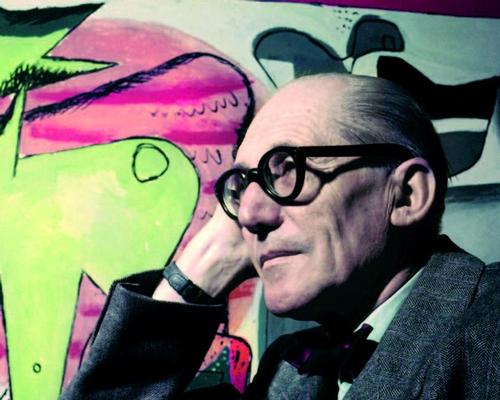19 Jul 2016
Le Corbusier's architecture recognised with Unesco World Heritage listing
BY Tom Anstey

Unesco has included a new addition to its World Heritage list for 2016, adding 17 sites across three continents, to recognise the work of Swiss architect Le Corbusier.
Of the 21 new additions to Unesco’s list of more than 1,000, The Architectural Work of Le Corbusier, an Outstanding Contribution to the Modern Movement is perhaps the most unique as it covers seven countries – Argentina, Belgium, France, Germany, India, Japan and Switzerland.
Le Corbusier – who was a pioneer for the modern movement following World War One – was well known for using iron, concrete and glass to create bold lines and functionality not seen at the time. He’s seen by many as the inspiration for the brutalist movement of the 50s, 60s and 70s.
Inscribing the 17 sites built over the course of 50 years to the World Heritage list, Unesco said the works reflected "a new architectural language that made a break with the past", adding that sites such as the National Museum of Western Art in Tokyo and the House of Dr Curutchet in La Plata, Argentina, reflected how the Modern Movement sought to meet "the challenges of inventing new architectural techniques to respond to the needs of society".
Le Corbusier joins other famous architects protected by Unesco, including the Berlin Modernism Housing Estates by German architects such as Bruno Taut, Martin Wagner, and Walter Gropius.
The bulk of the sites are in France, with the Dominican monastery of La Tourette near Lyon included in the 10 sites as well as La Villa Savoye near Paris. After being in Switzerland in 1887, Swiss-born Le Corbusier adopted France in 1930 as his home nation. He died in France in 1965.
Close Window